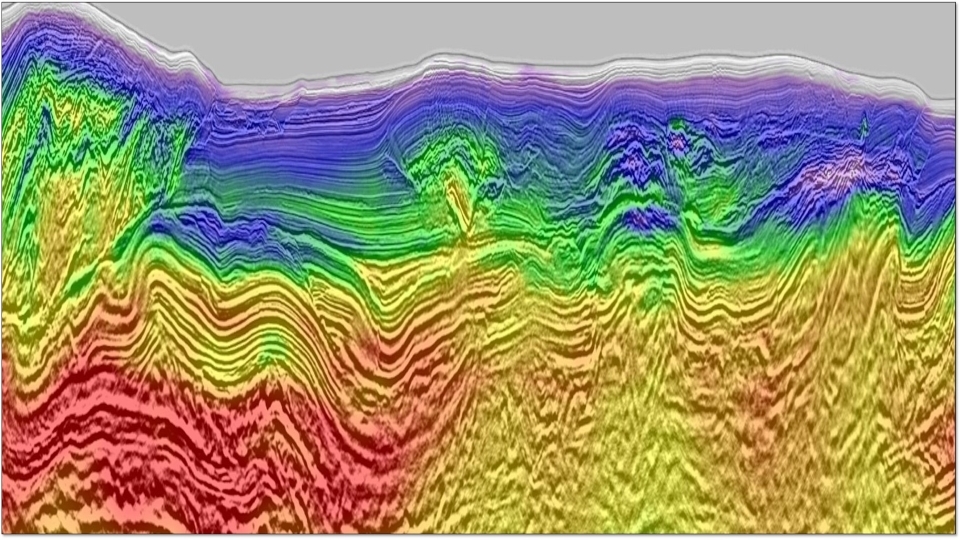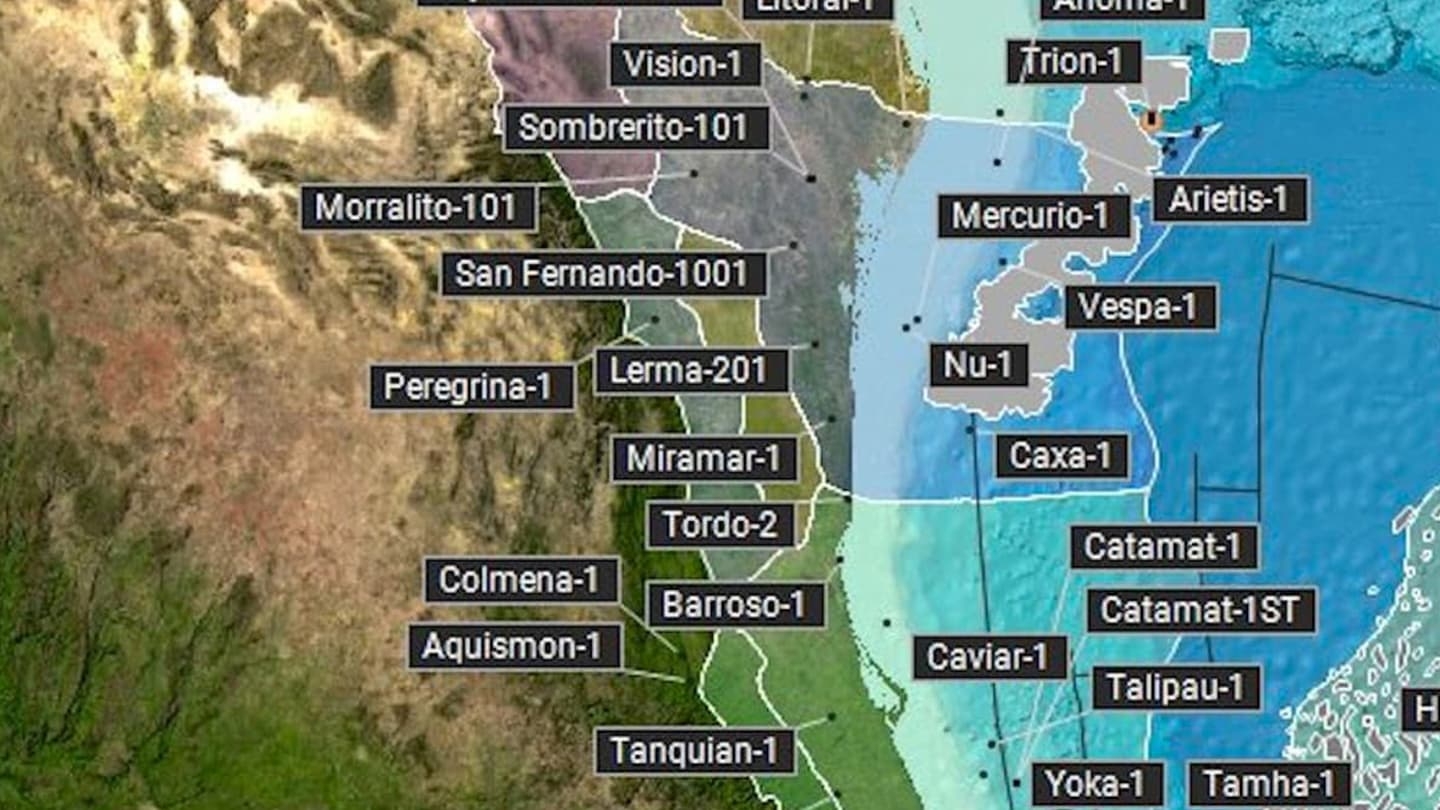Technical Abstract
Is depth-variable streamer data AVO friendly? A study using both synthetic and real data
Back to Technical ContentVariable-depth streamer acquisition has become a popular solution for marine seismic acquisition to obtain data with both low and high frequencies: the curved cable profile produces notch diversity that minimizes the residual ghosts in stacking and the deep towing nature provides high S/N at low frequencies. However, there have been discussions in the industry as to the fidelity of AVO response from the variable-depth streamer data due to the obvious frequency and wavelet changes with offsets. To answer the question as to the AVO fidelity, we need to focus on the following key questions: can we remove the receiver ghost successfully? Can we compensate the earth absorption effect thus balance the spectrum from near to far offset? As a standard practice for deghosting or broadband processing, we are using a suite of deghosting algorithms termed Ghost Wavefield Elimination (GWE) based on inversion in the tau-p domain (Wang et al. 2013, Poole 2013). To analysing the influence of GWE on the AVO response, we start with synthetic datasets which were modelled by visco-elastic wave equation (Kjstansson, 1979), with streamer setting at both conventional flat tow (8m) and depth-variable way (7~50m). Both datasets went through the deghosting processing and quantitatively analysis including XF plot, wavelet check, auto-correlation and AVO response were conducted. These QC demonstrate the GWE deghosting method is very effective in terms of ghost energy attenuation and the AVO responses between conventional flat tow and depth-variable streamer data become almost identical after GWE. However, both AVO curves still decay strongly at longer offsets until we incorporate the Q model from the modelling in the QPSDM migration to reach a match with the Aki Richards synthetic curve. We then check the AVO inversion result with the well data from one for the recent BroadSeis surveys offshore Vietnam. This Broadband dataset was processing with full source/receiver deghosting, complete shallow water de-multiple flow, high end depth imaging and proper Q compensation. The high resolution CIG gathers was then compared with the well synthetic gathers: AVO trends were picked along the top of sand layers and a good match was found when we used the frequency band of 5~60 Hz. The near offsets contains more high frequency signals however the key in the AVO inversion for Broadband data is to use the common frequency band which has best S/N ratio from near to far offsets. We have demonstrated that the AVO fidelity is preserved for the depth-variable streamer data through both synthetic and real data examples with GWE pre-migration deghosting technology and proper pre-stack absorption compensation. We would like thank Chevron for the synthetic test datasets and Rosneft for the permission of the real data example. We would also like to thank CGG for permission to publish this paper.
Download Resource 
Publications
EAGE workshop/forum/local conferenceAuthors
Hao Zhang, Doreen Goh, Rao Yandapalli Hanumantha, Joe Zhou





